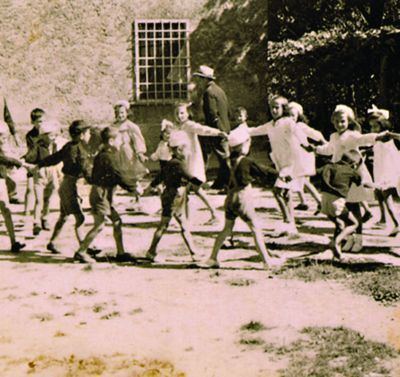Time zone CET (UTC+1) Local time Tuesday 9:57 PM Dialling code 584 | Elevation 660 m (2,170 ft) Dialing code (+39) 0584 Population 27 (2014) Postal code 55040 | |
 | ||
Weather 9°C, Wind N at 6 km/h, 80% Humidity | ||
Una mattina di agosto sant anna di stazzema rai storia 2013
Sant'Anna di Stazzema, officially Sant'Anna, is a village in Tuscany in central Italy. Administratively, it is a frazione of the comune of Stazzema, in the province of Lucca.
Contents
- Una mattina di agosto sant anna di stazzema rai storia 2013
- Map of 55040 SantAnna di Stazzema Province of Lucca Italy
- Antefatti vita e luoghi prima della strage di sant anna di stazzema parte i di vi
- History
- Geography
- Popular culture
- References
Map of 55040 Sant'Anna di Stazzema, Province of Lucca, Italy
Antefatti vita e luoghi prima della strage di sant anna di stazzema parte i di vi
History
In 1944, it was the site of a notorious Nazi crime against humanity made by a part of 16th SS Panzergrenadier Division Reichsführer-SS during World War II. In the morning of 12 August, about 560 (130 children) local villagers and refugees were murdered and their bodies burnt in a scorched earth policy action. After the war, the village was only partially rebuilt.
The massacre gained high notoriety from 1994. During an investigation of the military attorney Antonino Intelisano, 695 files about war crimes in Italy during World War II were found in a wooden cabinet, known as the Armadio della vergogna (armoire of shame), located in a palace of Rome.
Since 2000, it has been the site of the Italian National Park of Peace (Parco Nazionale della Pace) with memorials and a museum dedicated to the massacre.
Geography
Located in the Apuan Alps, Sant'Anna is a mountain village that is 12 km far from Pietrasanta and 16 from its Marina, on the Mediterranean Sea; 18 km from Viareggio, 24 from Massa and 37 from Carrara. The nearest train station is that of Pietrasanta on the Pisa-Genoa line and the nearest motorway exit is "Viareggio-Camaiore" on the A12.
Popular culture
The massacre inspired the novel Miracle at St. Anna by James McBride, and Spike Lee's film (2008) of the same title that was based on it.
